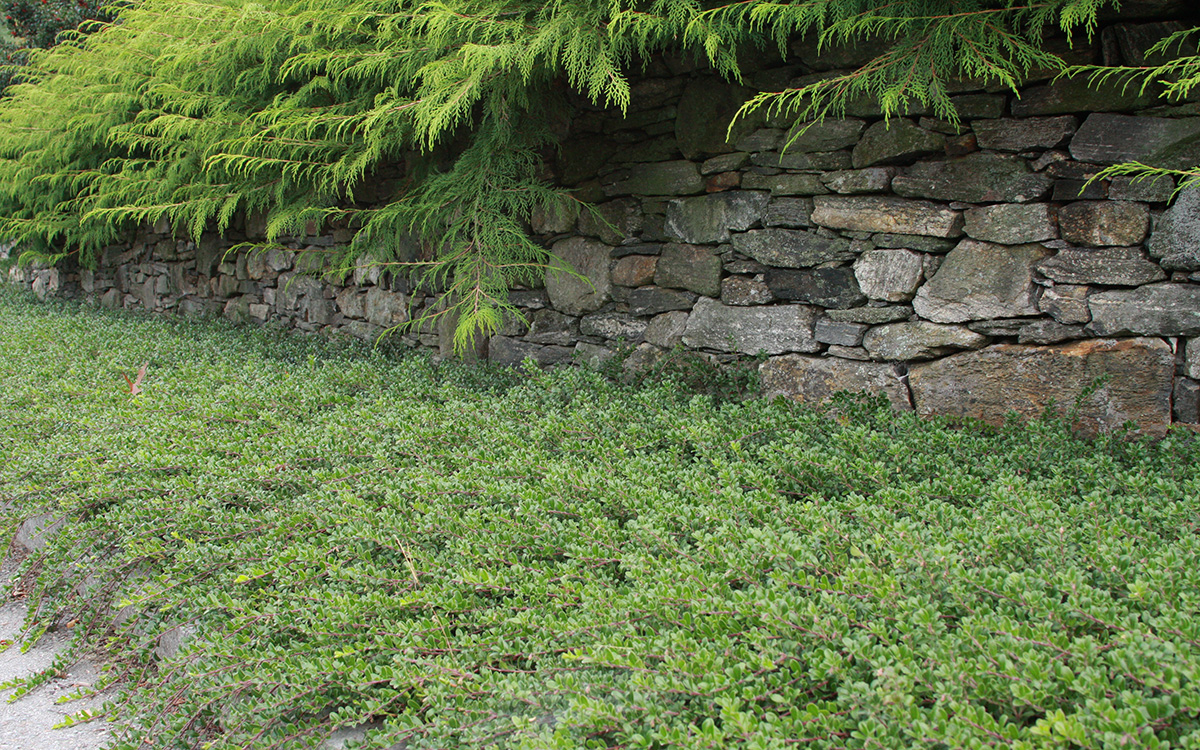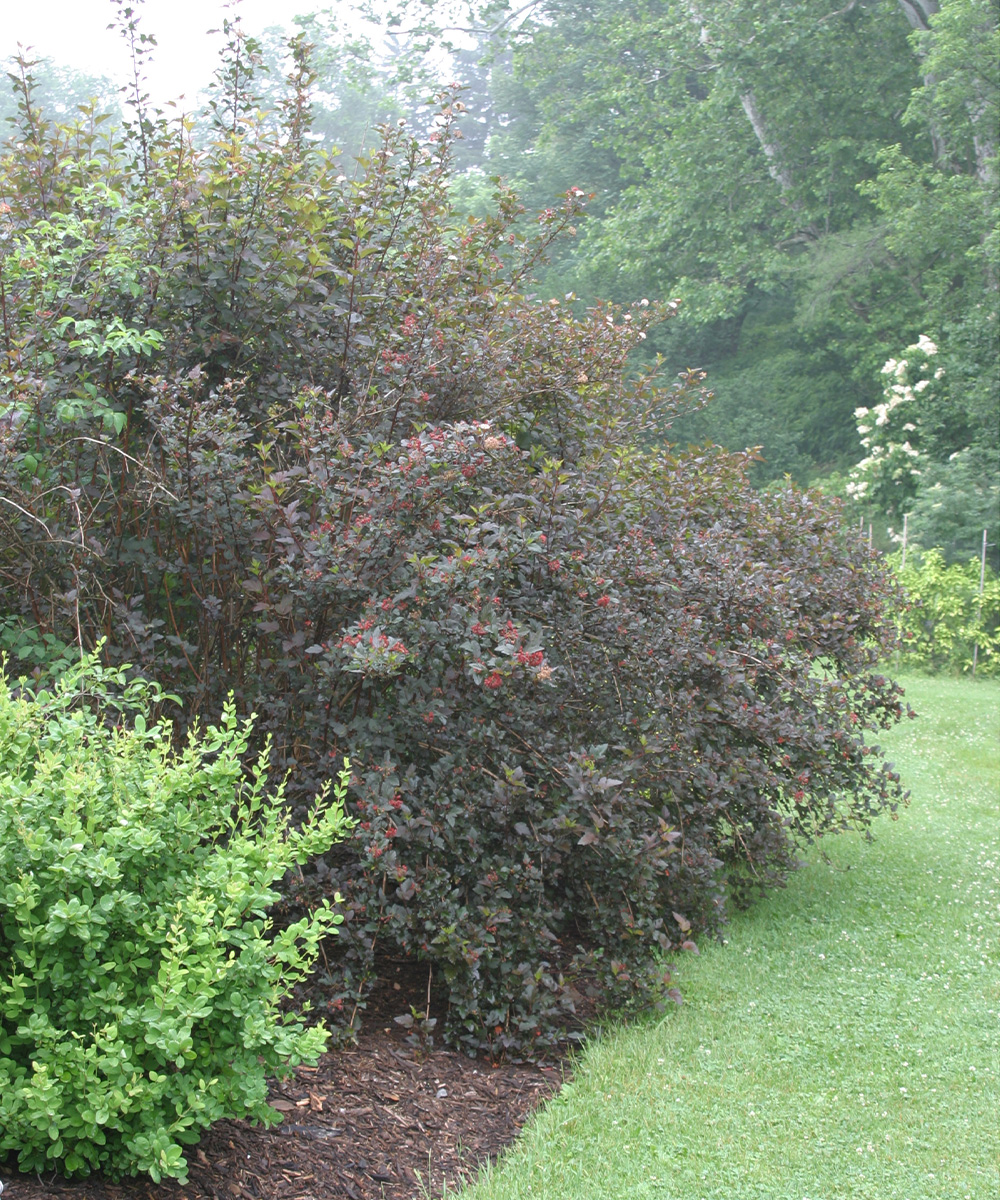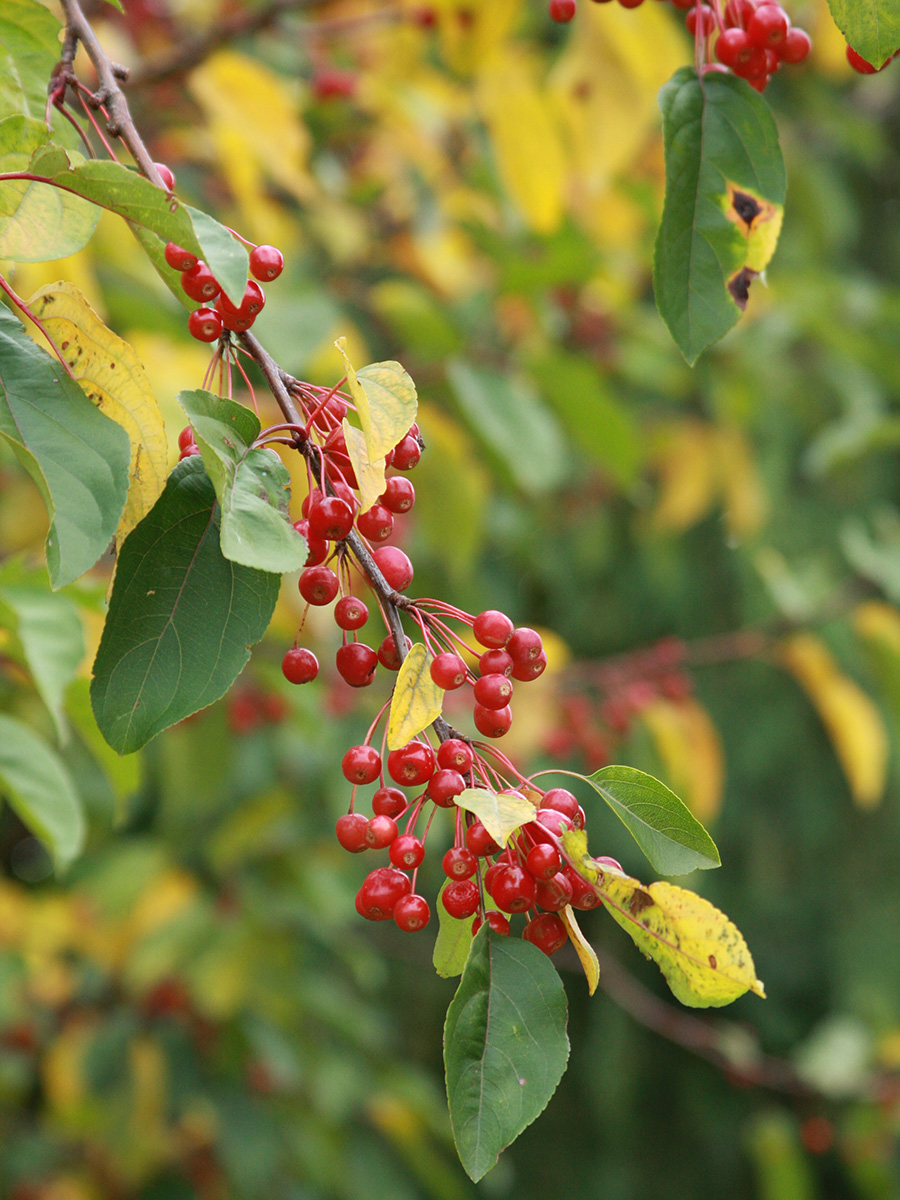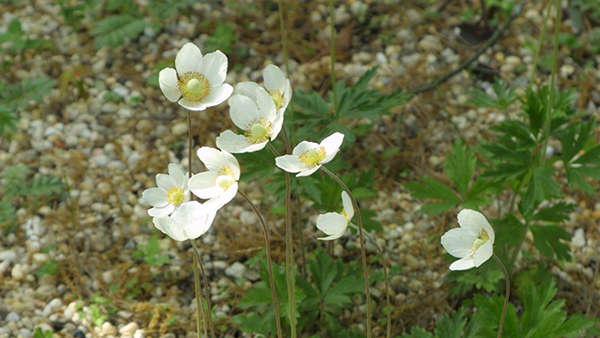
Those of us who live in the Mountain West know that our forests are filled with large stands of conifers such as Douglas firs (Pseudotsuga menzisii, Zones 4–6), ponderosa pines (Pinus ponderosa, Zones 3–7), and Colorado blue spruces (Picea pungens, Zones 2–7), among others. Unfortunately, as we’ve witnessed firsthand, these trees have a high resin content, making them very prone to catch fire. While that doesn’t mean you have to eliminate all of them from your landscape, you will want to carefully select which ones to keep and maintain as you create a firewise area around your mountain home.
In my previous article, Firewise Landscaping in the Mountain West, I discussed how to create a defensible space. When creating a defensible space, what plants should you add? According to Fact Sheet no. 6.305 from the Colorado State University extension service about firewise plant materials, “there are no truly ‘fireproof’ plant species, so plant choice, spacing, and maintenance are critical to defensible space landscaping. In fact, where and how you plant may be more important than what you plant. However, given alternatives, choose plant species that tend to be more resistant to wildfire.” In general, deciduous plants are more resistant to fire than coniferous ones because their leaves have a higher moisture content and typically aren’t high in resin and oils. Other plant characteristics to look for include:
- An open, loose branching structure
- Slow growth with little dieback, resulting in less maintenance
- Growth closer to the ground
- Ability to resprout or self-seed after fire

Annuals and perennials
Most perennials and wildflowers are appropriate in firewise landscapes. This includes both native and adapted species. As in any landscape, they provide a variety of color and textures. The key for making them safe is proper maintenance: watering, weeding, and cutting back spent foliage.

Shrubs
Smaller shrubs that grow lower to the ground should be used in planting beds nearer the house and should not be planted under large trees; you don’t want them acting as “ladder fuel,” causing the canopy to burn. Some potential small shrubs include:
- Bearberry (Arctostaphylos uva-ursi, Zones 2–7)
- Rock cotoneaster (Cotoneaster horizontalis, Zones 5–7)
- Creeping mahonia (Mahonia repens, Zones 5–8)
- Western sand cherry (Prunus besseyi, Zones 3–6)

Larger shrubs should be planted farther away from the house or other structures. These can include:
- Ninebark (Physocarpus opulifolius, Zones 2–8)
- Utah serviceberry (Amelanchier utahensis, Zones 5–8)
- Black chokecherry (Prunus virginiana var. melanocarpa, Zones 2–9b)
- Curl-leaf mountain mahogany (Cercocarpus ledifolius, Zones 5b–9)

Deciduous trees
Deciduous trees can be an important element to add to your landscape, providing height, flowers, fall color, and different textures. Again, they should be planted farther away from the house. Some varieties to try include:
- Bigtooth maple (Acer saccharum ssp. grandidentatum, Zones 5–8)
- American aspen (Populus tremuloides, Zones 1–6)
- Crabapples (Malus spp. and cvs., Zones 2–9)
The fact sheet I reference above has an extensive firewise plant list. As always, it is important to note your elevation and zone when selecting plant materials for your garden. Some of the plants listed there or on other plant lists may not work in your particular location. If you do a search online for firewise plants in your state or province, you will find many lists from local university extension services, forest services, local governments, and local nurseries.
I’m crossing my fingers for much more snowfall and subsequent snowmelt this winter so that the next fire season in the Mountain West is less destructive. In the meantime, for those of you who live in our wildfire-prone areas, a little planning and a lot of work can go a long way to mitigate the risk of wildfire destruction in your piece of paradise.
—Michelle Provaznik is executive director of the Gardens on Spring Creek in Fort Collins, Colorado.


















Comments
Log in or create an account to post a comment.
Sign up Log in